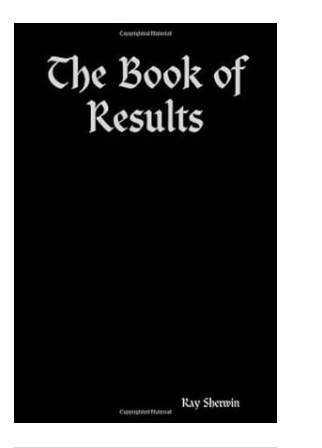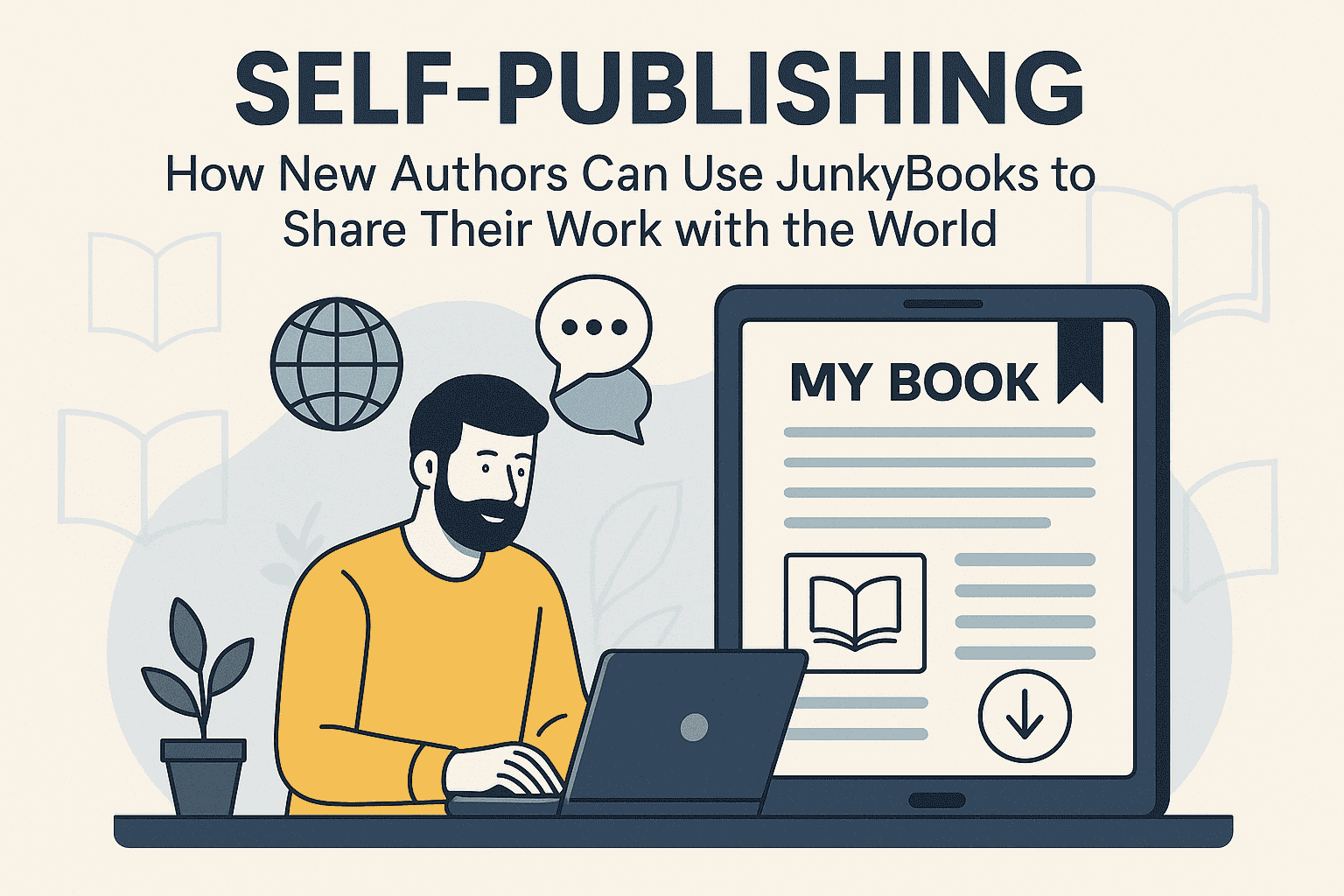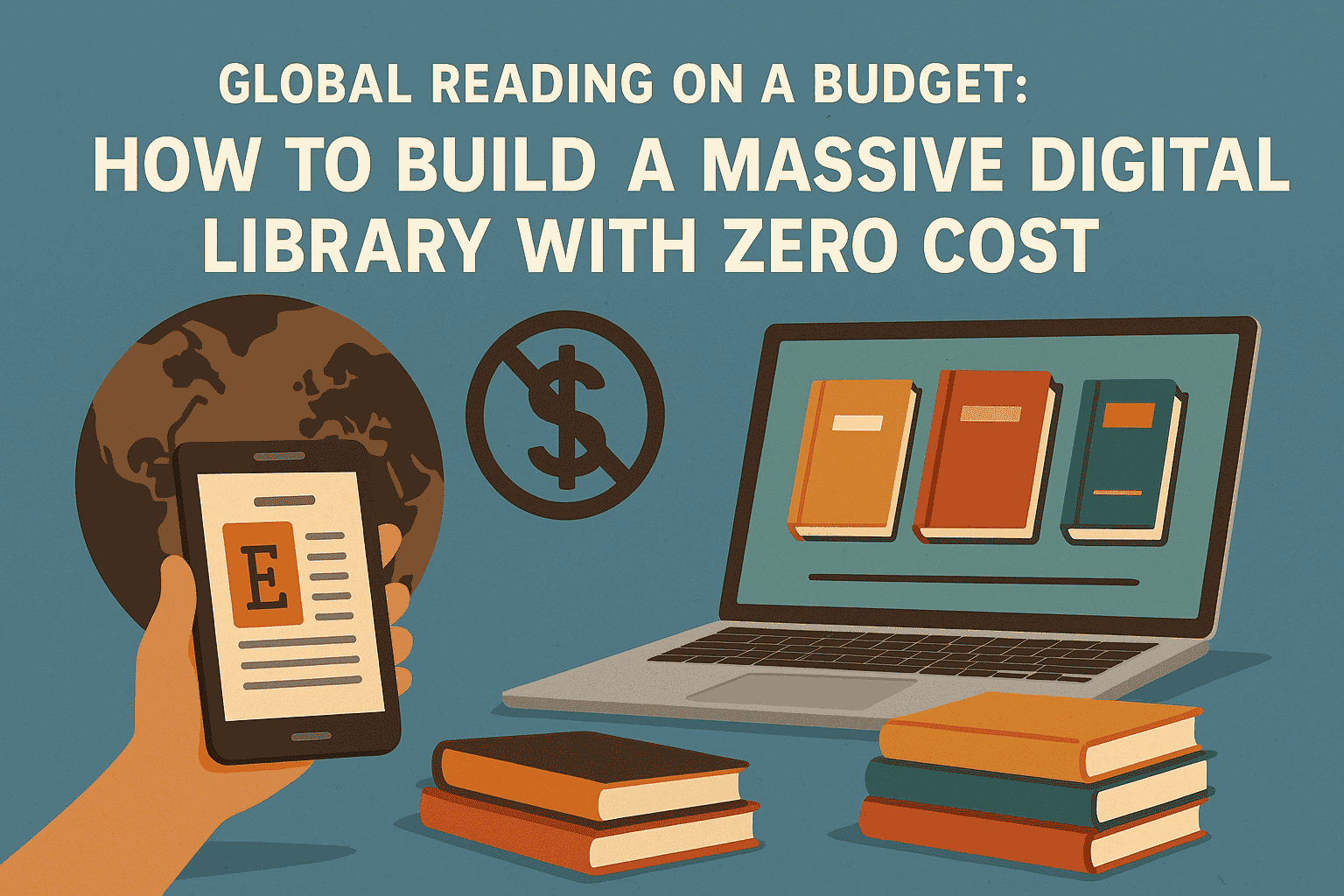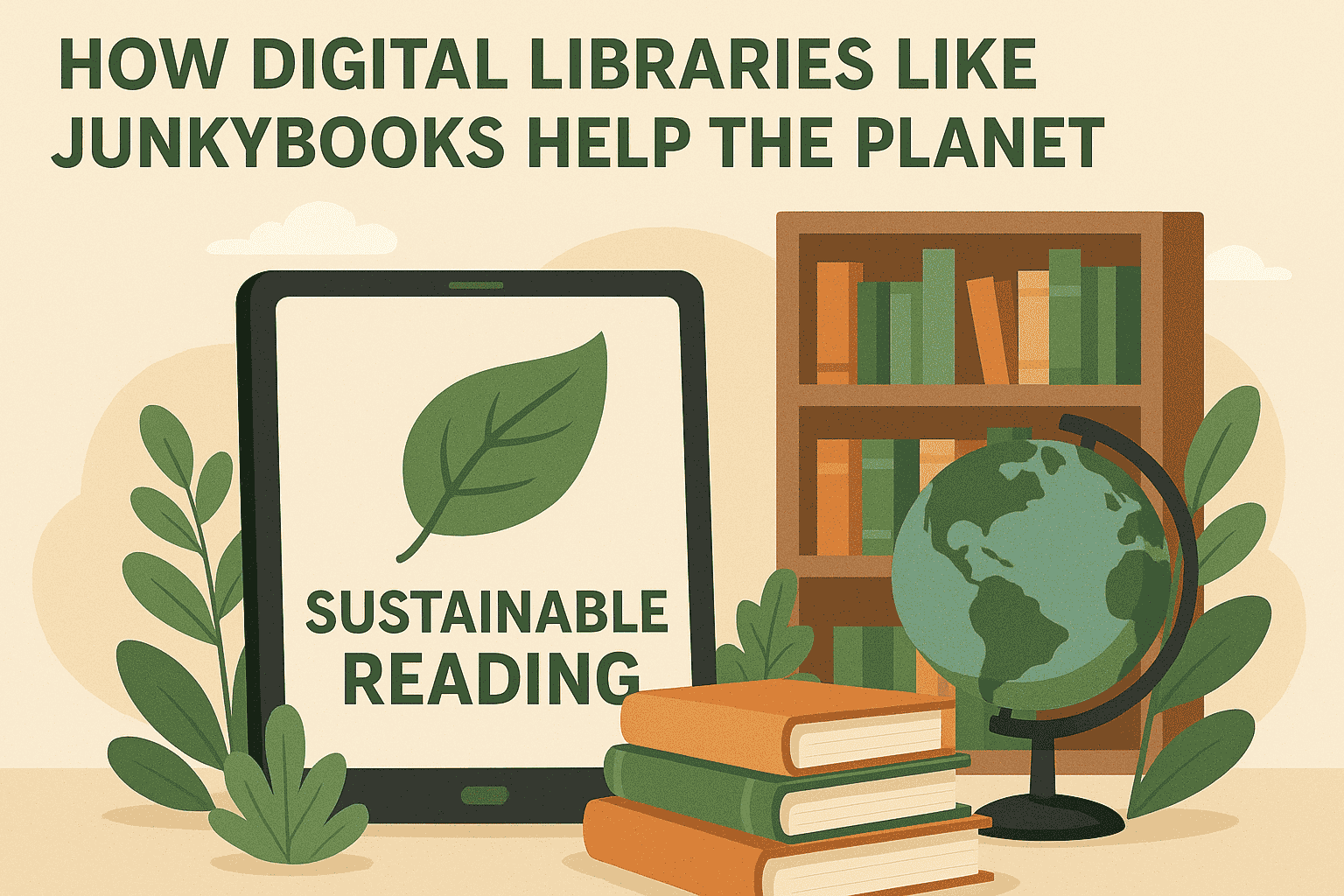The Portrayal of Wall Street in Fiction and Non-Fiction Literature
Few symbols in modern literature are as powerful and provocative as Wall Street. To some, it represents wealth, ambition, and innovation. To others, it's a den of greed, corruption, and moral decay. Whether depicted through the imaginative lens of fiction or the analytical rigor of non-fiction, Wall Street has long been a literary fascination—a backdrop where fortunes are made and souls are tested.
From classic novels like The Bonfire of the Vanities to gripping non-fiction exposés like Liar’s Poker, the portrayal of Wall Street has evolved alongside real-world financial booms and busts. In both literary modes, Wall Street serves as more than a mere setting—it’s a character in itself: seductive, dangerous, and deeply revealing about the business world and human nature.
In this post, we dive into the contrasting and complementary depictions of Wall Street in fiction and non-fiction literature, exploring how authors use this iconic institution to reflect larger truths about money, power, and society. Whether you’re a fan of sharp business novels or eye-opening junkybooks nonfiction, the Wall Street story is one worth reading—and questioning.
Wall Street in Fiction: The Glitter and the Grit
In fiction, Wall Street is often romanticized and vilified in equal measure. It is the land of the American Dream and the American Nightmare, a place where young dreamers rise to fortune—or fall into moral ruin. These business-themed novels tap into Wall Street's symbolic power, using it as a crucible for ambition, ethics, and identity.
1. Ambition on Overdrive
In novels like The Wolf of Wall Street by Jordan Belfort (though technically a memoir, it reads with the wild flair of fiction) or American Psycho by Bret Easton Ellis, Wall Street is portrayed as a playground for the ultra-ambitious. Characters are driven not just by money, but by status, thrill, and excess. Their motivations are often exaggerated, but they capture real-world obsessions with financial success.
A modern junkybooks-style novel like Buy or Die follows a young equity trader who uses AI to predict market crashes. The story blends realistic business language with high-stakes fiction, reflecting how today’s Wall Street has become a hybrid of finance, technology, and relentless pressure.
2. Ethical Dilemmas and Moral Collapse
Wall Street fiction frequently explores moral compromise. In The Bonfire of the Vanities by Tom Wolfe, a bond trader’s lavish lifestyle unravels after a hit-and-run accident. The novel doesn't just critique individual greed—it highlights how an entire system rewards detachment from consequences.
These novels often pose difficult questions: Can you make millions ethically? Is it possible to succeed on Wall Street without selling out? Fiction gives writers the space to explore these gray areas, where characters must choose between doing what’s right and what’s profitable.
3. Satire and Absurdity
Wall Street fiction is ripe for satire. The absurdity of financial jargon, the performative masculinity of trading floors, and the cult-like devotion to bonuses all serve as rich material for comedic critique.
Books like Thank You for the Bonus (a fictional junkybooks satire) mock the superficial rituals of finance—morning affirmations, overhyped IPO parties, and leadership workshops that teach "ruthless compassion." These novels remind us that behind the gloss of finance are human beings caught in a system that often mocks its own values.
Wall Street in Non-Fiction: Exposé, Analysis, and Truth
While fiction uses metaphor and story, non-fiction aims to reveal the truths behind the towering glass buildings of Lower Manhattan. These works strip away the mystique of Wall Street and reveal the inner workings of financial markets, exposing how wealth is built—and often manipulated.
1. The Insider Perspective
Books like Liar’s Poker by Michael Lewis and Flash Boys dive deep into Wall Street culture from the perspective of insiders. Lewis, in particular, has mastered the art of turning complex financial systems into accessible, human-driven narratives.
These books show how Wall Street isn't just about numbers—it’s about personalities, rivalries, and a particular brand of cutthroat intelligence. Liar’s Poker reveals how young traders in the 1980s were incentivized not to serve clients, but to out-hustle them. The result? A business culture fueled by ego, risk-taking, and short-term thinking.
2. The Anatomy of Crisis
One of non-fiction’s strengths is its ability to chronicle financial disasters with clarity and depth. Books like The Big Short (also by Lewis) or Too Big to Fail by Andrew Ross Sorkin explore how systemic greed and blind risk-taking led to the 2008 financial collapse.
These works show that Wall Street’s failures aren’t accidents—they’re consequences of long-standing practices and structural incentives. They highlight how financial jargon, obscure derivatives, and regulatory loopholes can combine to create a perfect storm.
For readers of junkybooks who crave depth without drowning in economic theory, these narratives offer a compelling blend of fact, drama, and consequence.
3. Profiles in Power
Non-fiction also brings readers face-to-face with the real power brokers of Wall Street—people whose decisions can move markets and impact millions. Biographies of figures like Warren Buffett (The Snowball), Jamie Dimon, or Ray Dalio don’t just chronicle their rise—they dissect the philosophies that shaped them.
These stories are often more nuanced than fictional portrayals. Instead of casting financiers as villains or heroes, they reveal the complexity of leading in an industry where morality and profitability often collide.
Fiction vs. Non-Fiction: A Comparative Lens
Both literary forms serve different purposes—but they intersect in powerful ways.
| Theme | Fiction | Non-Fiction |
|---|---|---|
| Human Drama | Explores inner conflict, moral ambiguity, and ambition through characters and plot | Profiles real people and decisions, adding context to abstract financial systems |
| Ethics & Morality | Shows characters navigating temptation, corruption, or redemption | Reveals how ethical lapses have real-world consequences on economies and individuals |
| Complexity of Markets | Simplifies or metaphorizes finance to make it accessible | Explains mechanisms (e.g., derivatives, trading algorithms) in detail for insight |
| Cultural Critique | Uses satire or narrative irony to critique Wall Street culture | Uses facts and interviews to expose systemic flaws and imbalances |
Both styles also influence each other. Non-fiction inspires fiction, and fiction can dramatize non-fiction concepts. Together, they form a literary ecosystem that continually reshapes how we see Wall Street.
Why Wall Street Continues to Inspire Literature
Wall Street is a literary magnet because it represents the intersection of money, power, morality, and identity. It’s where personal ambition meets public consequence. Where systems built on logic often collapse due to emotion and greed.
For writers, it offers endless material:
-
The rise and fall of fortunes
-
The psychological toll of competition
-
The clash between old money and new tech
-
The existential question: What is value?
For readers, Wall Street literature—especially in the realm of junkybooks—offers fast-paced stories with real-world relevance. Whether it’s a fictional trader on the brink of collapse or a real whistleblower who exposed a billion-dollar scam, these stories stick with us because they’re about more than finance. They’re about who we become when the stakes are sky-high.
Conclusion: Reading Between the Lines of Wall Street
Wall Street literature—both fictional and factual—is ultimately about storytelling. Whether through a well-crafted novel or a meticulously researched exposé, these works reveal the truths, myths, and consequences of our obsession with money and success.
So, whether you're looking for the next junkybooks novel to devour or a non-fiction masterpiece to understand the global economy, keep an eye on how Wall Street is portrayed. It might tell you more about business—and human nature—than you expect.
After all, Wall Street may be just a few blocks in Manhattan, but in literature, it stretches as far as ambition can reach.







